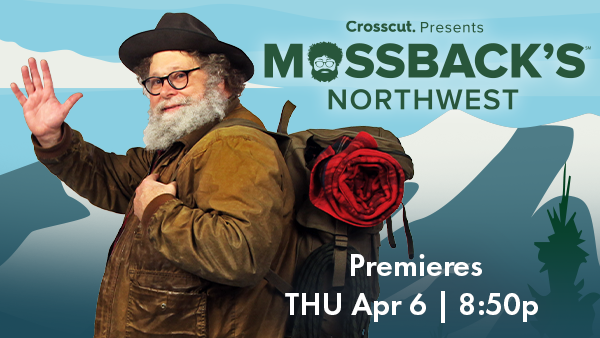As members of the nocturnal world, these flying mammals aren’t well understood by most people – and in the place of knowledge, fear has taken root. But bat educator Niki Desautels says bats aren’t really that scary.
“A lot of night creatures get a bad rap, ’cause it's a very unknown, unfamiliar thing ... We have this innate human biological fear of the dark and they’re a part of that world,” says Desautels, who works with advocacy organization Bats Northwest to help protect Pacific Northwest bat populations through education and research.
In popular culture, bats have been associated with vampires and graveyards, seen on Hollywood screens attacking humans running in fear of rabies or having their blood sucked. That image, said Desautels, needs to be corrected. “If we don’t replace that with actual education about bats, about real bats, about their real story, then those things just kind of perpetuate and they lead to these fears that people don’t need to have,” she says.
Desautels has found that understanding a species makes you more likely to want to protect it – and Washington’s own little brown bat is a species in need of protection. Bats Northwest helps the public face their fear, involving them in community science observation projects where they can watch wild bats fly in the night sky.
“They do so much good, they want nothing to do with us, and they’re really interesting and beneficial for the world – if we can kind of see past the way they’re portrayed in horror,” Desautels says.



